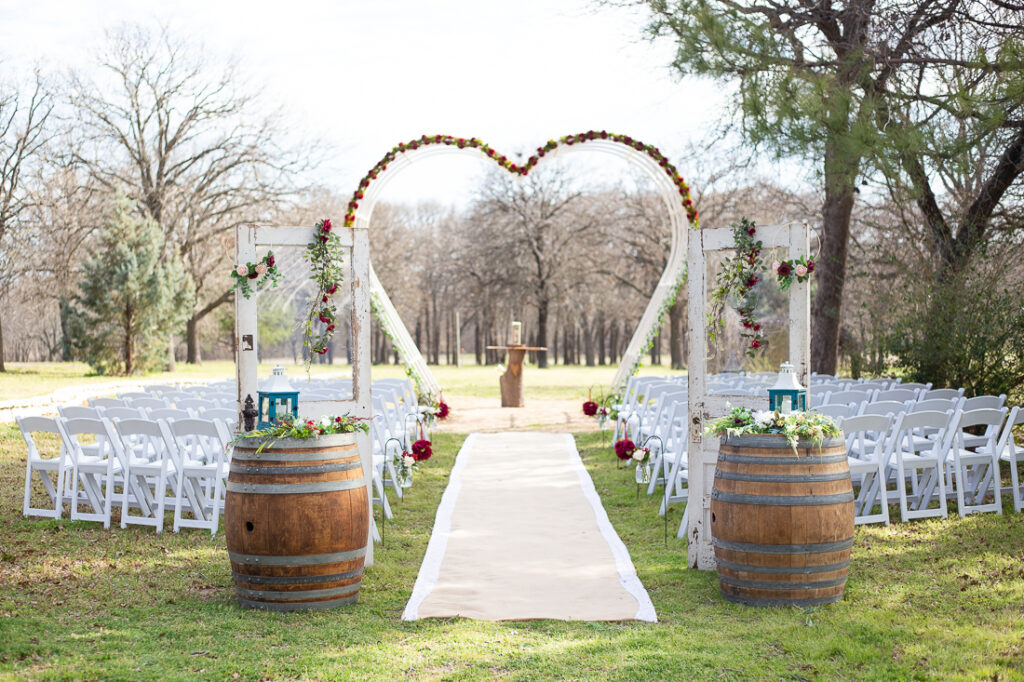
Alright, you’ve gotten ready, portraits done, maybe even a First Look, now it’s time to get married! Now for the most part, ceremony sites and arrangements are pre-determined by how the venue is set up, so we usually just roll with however the ceremony is established. IF you do have the option of how/where the ceremony is positioned–lighting is king, so try to aim for you being backlit and just to the side so no one has direct light on their face.
Ok, now things to be aware of for planning all ceremonies:
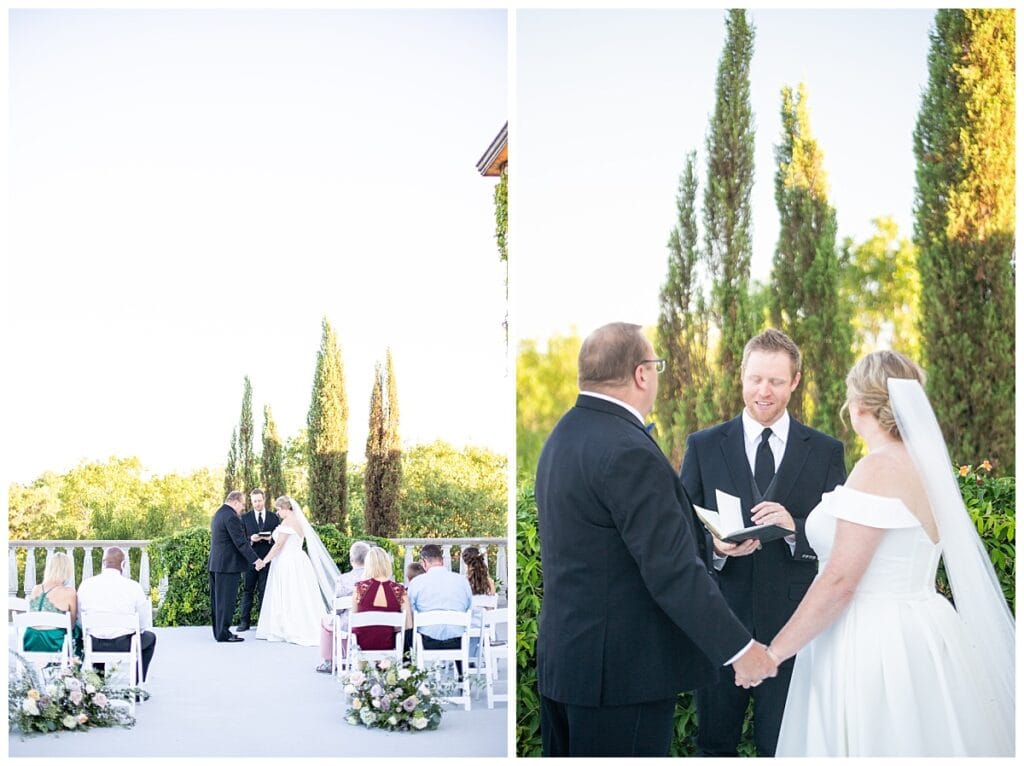
Timing
You need to be aware of sunset timing if you’re having a late afternoon or winter wedding–there needs to be enough time following the ceremony for formal formals and other other portraits before we lose light (one of the reasons why having a First Look is so helpful on a wedding day). Assume your ceremony will last roughly 30 minutes (even if your ceremony will be shorter than this, it never hurts to have some spare minutes here and there), so allow for an hour following the ceremony for portraits.
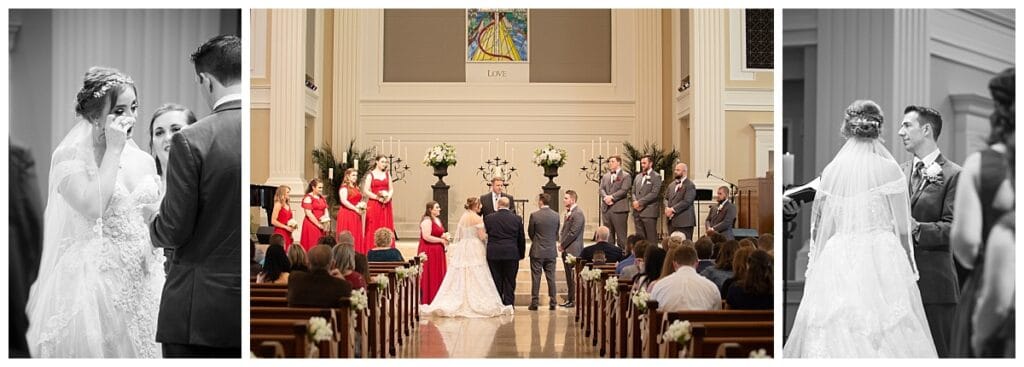
Does your venue have restrictions?
I’ve photographed weddings at venues where I couldn’t pass pillars on the edge of the seats–or pass any rows that had guests even if I was in the aisle–so I was never closer than 60 feet to the couple the entire time. We had to use long range lenses for the entirety of the ceremony and so those images look much different compared to other weddings; so be sure to look into your venues rules either when book your venue (or with your photographer if you’ve already booked the venue), that way you can both have reasonable expectations for how your ceremony images will appear.
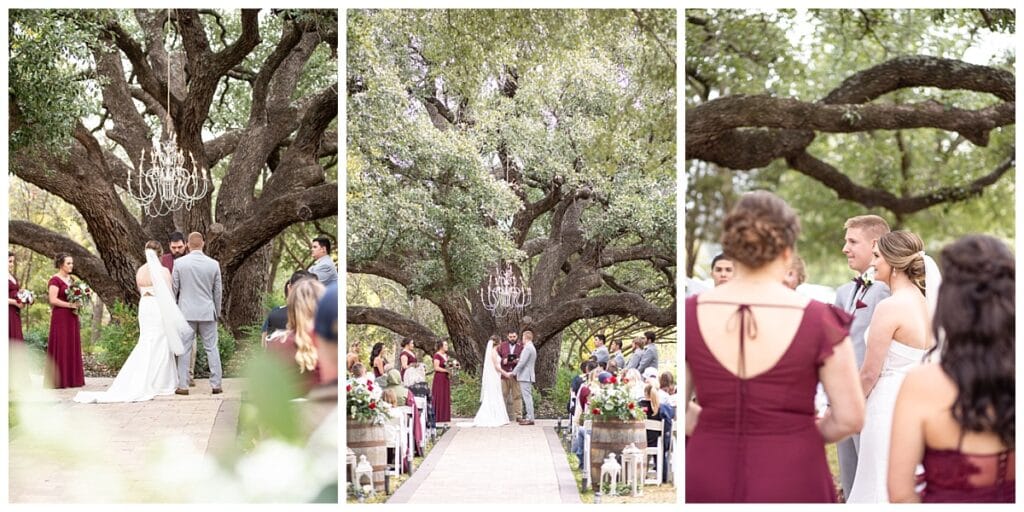
Ceremony order
Please, please, please go the extra step and give the ceremony order to your photographer (or relay to your planner during one of your meetings that the photographer needs the ceremony order). Capturing your wedding ceremony is so much easier when I know what the next part is, especially when it’s a short ceremony and I don’t have a lot of time if I need to relocate to get the shot
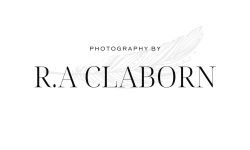
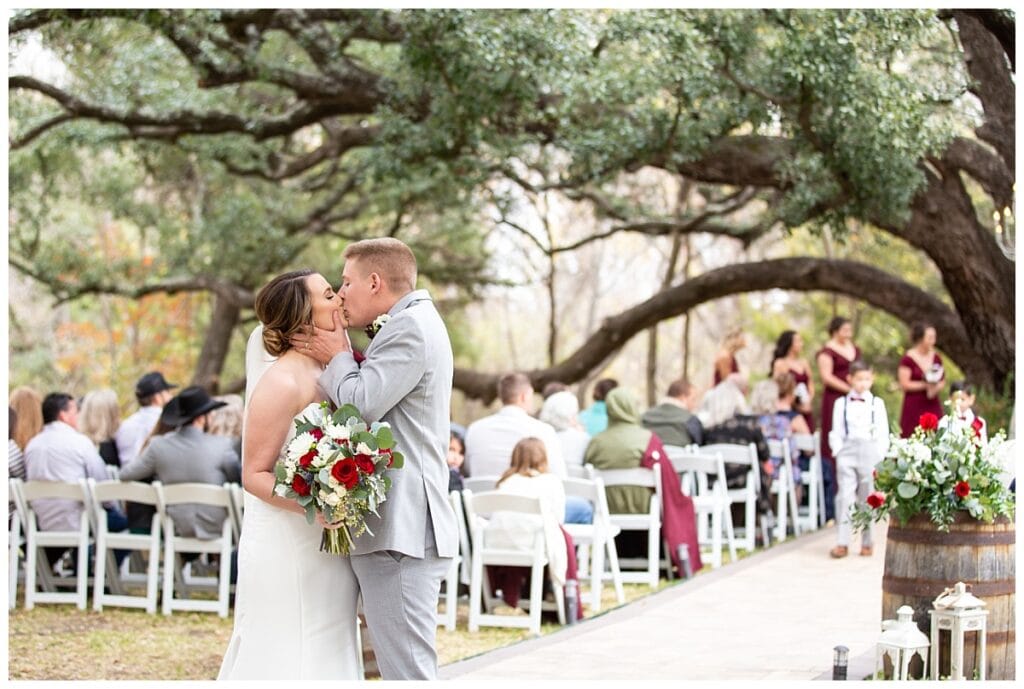
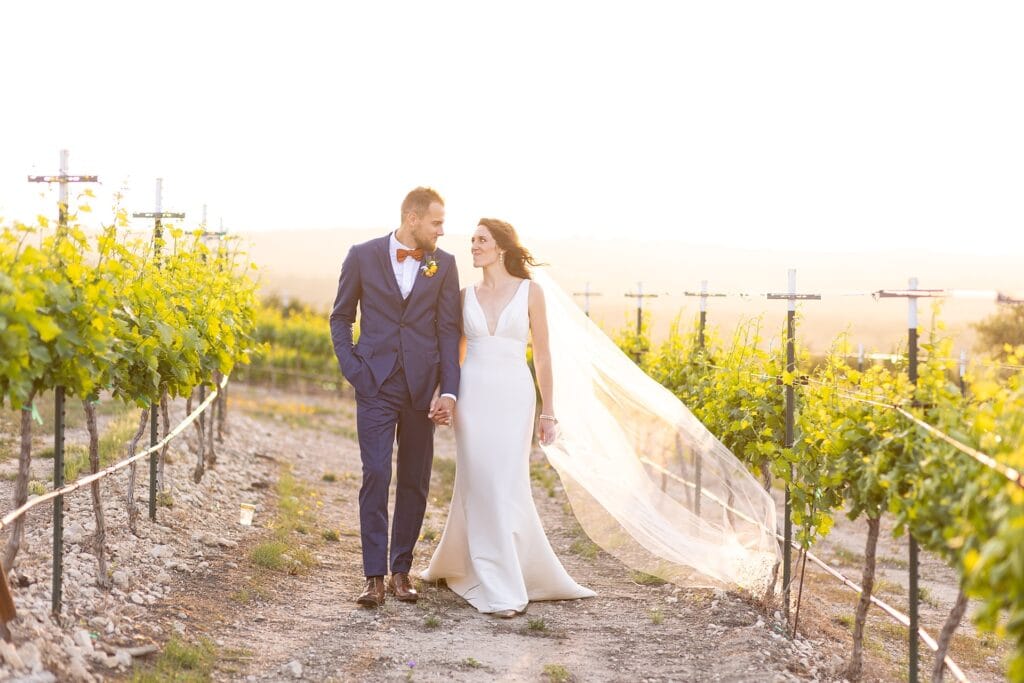
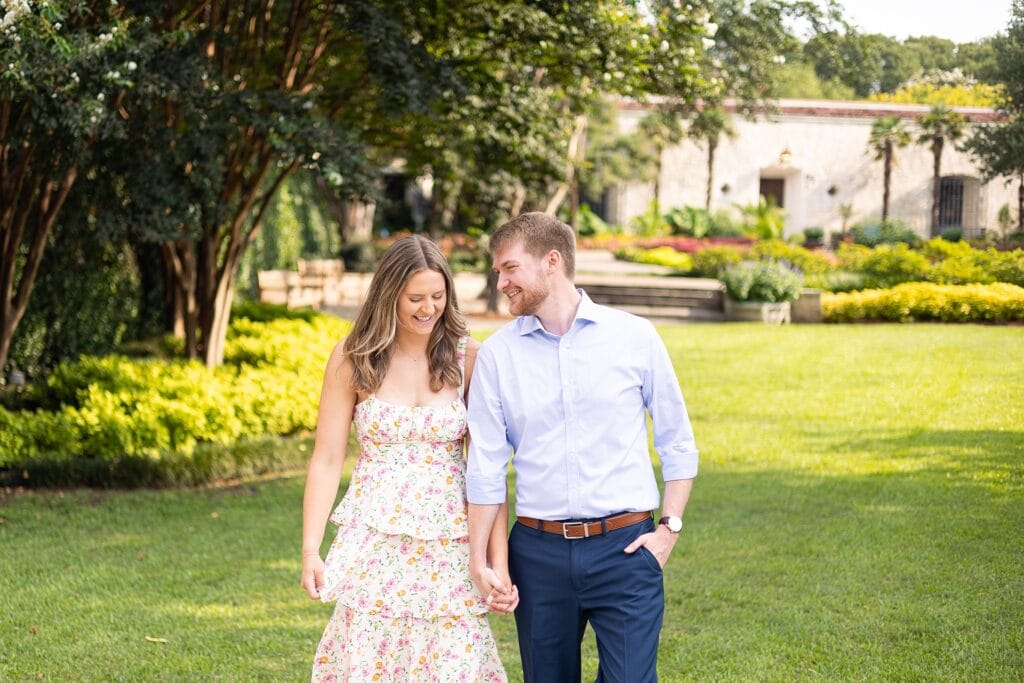

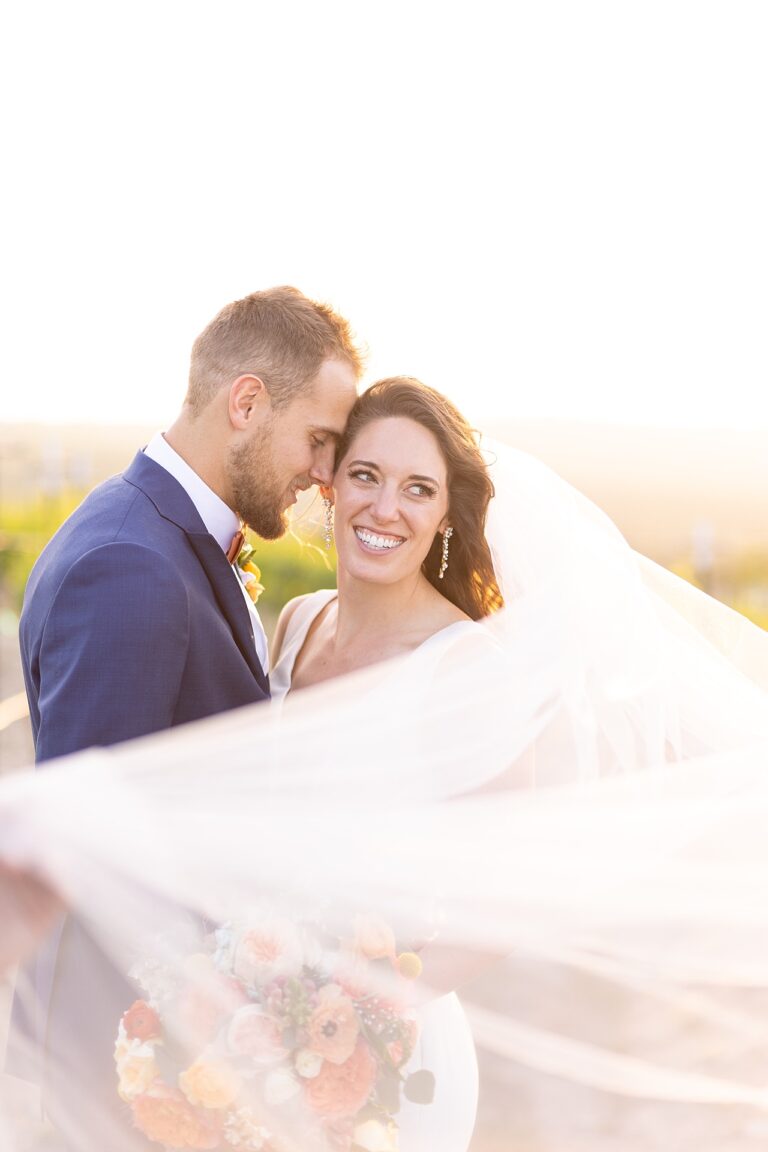
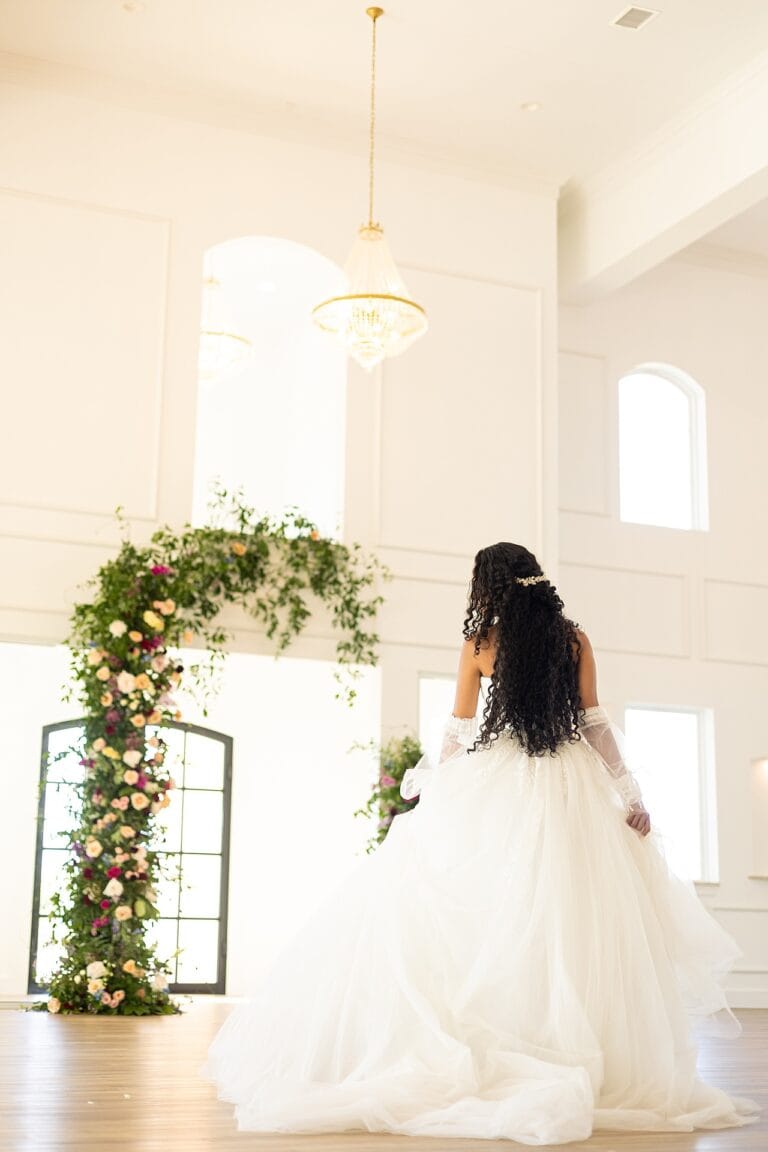

One Comment
Comments are closed.